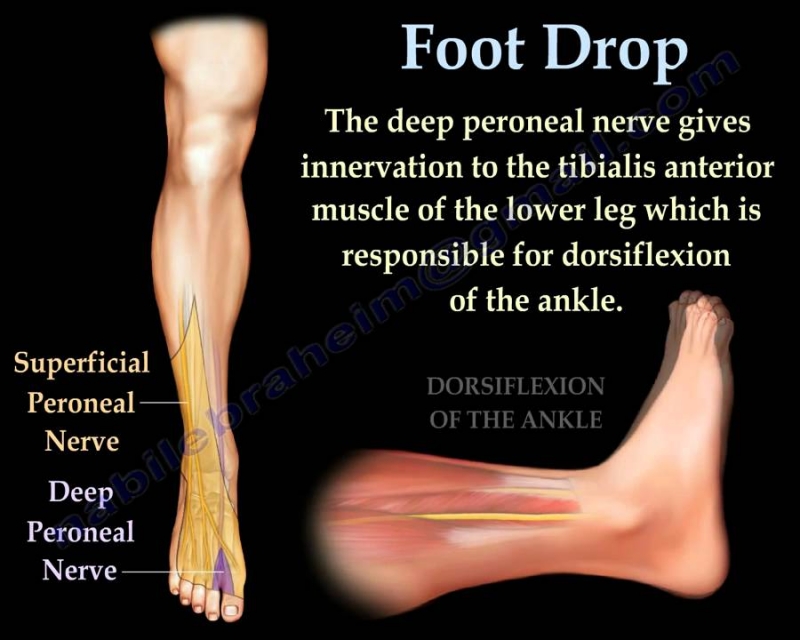

Feel free to bend your knees as you need to, the goal of this stretch is to stretch your arms and wrists, not your legs. Take the palms of your hands and put them under the soles of your feet, so your wrists bend up towards your shoulders over your toes. Stand with your feet around shoulder-distance apart, although the distance between your feet is not a defining factor in this stretch, just make sure you’re comfortable. These stretches are also great ways to help treat and heal from climber’s elbow if you have already developed climbers elbow. Here are a few good stretches that we recommend working into your climbing routine to help prevent climbers elbow. Stretching after you finish climbing is also a great way to help minimize soreness the next day but can help slow the development of tendonitis and climbers elbow. When you properly warm up your body and stretch, you minimize the risk that the repeated motions of climbing will have on your body. There are specific antagonistic training exercises that can be done for all muscle, and if you’re really interested in this, you should check out our article on antagonistic climbing training.Īnother way to prevent the development of climbers elbow is to get in a good routine of stretching before and after you climb. For example, in climbing, you often pull with your arms, so that antagonistic workout for that would be an exercise like a push-up, or something that engages the pushing muscles and tendons. Many climbers like to train using antagonist training practices to help mitigate this problem.Īntagonist training involves specific movements that oppose the movements done in climbing. This will prevent you from developing an imbalance between the tendons and muscles that pull and grip as compared to the tendons and muscles that push and release.

The best way to prevent climbers elbow is to strengthen all of the tendons in your arms. As much as it can suck, giving yourself time off to properly heal will help you get back to climbing sooner than if you try to push it and climb on an injured elbow.
Elbow pain after culrs full#
This will slow the healing process of your elbow and just elongate the amount of time that you won’t be able to climb at your full strength. That being said, you should not climb if you have climbers elbow. That means that a common anti-inflammatory drug, such as aspirin, Advil, or ibuprofen, will help minimize the pain that you feel when you have climbers elbow. Tendonitis will heal on its own if you give it long enough to rest and recuperate, but it is just an inflammation of the tendons. So the smart answer is no, but the biological answer is yes. It is important to take care of your whole body when you work out, not just some of your body. This imbalance, meaning that one of your tendons is really strong while another right next to it is really weak, can lead to the weaker tendon wearing down much faster. Climbing too much is a thing and can cause you to develop tendonitis.Ĭlimbers are particularly prone to tendonitis due to the imbalance in the strength in the tendons in your arms. Tendonitis is an inflammation of the tendons that can come from simple overuse. This can lead to a wearing down of the tendons that are used and a deterioration of the tendons that are not used. One of the main reasons that tendonitis in the elbow is so common amongst climbers is that climbing excessively can put a large amount of strain on very few tendons and muscles in your arms. It is often associated with an imbalance between the tendons used to open your fingers and the tendons used to close your fingers, which is why many climbers recommend using antagonist training exercises to keep all your muscles and tendons strong. All three are caused by overuse and are healed with time and rest.Ĭlimbers elbow is caused by overuse of the tendons in your arm while climbing. Climbers elbow and golf elbow are strains on the tendons on the inside of the elbow. Tennis elbow is a strain on the tendons on the outside of the elbow. Climbers elbow is a very common injury among climbers and is simply an overuse injury.Īlthough many people consider climbers elbow, tennis elbow, and golf elbow to be the same thing, they aren’t all the same. Many climbers will experience this pain at some point in their climbing career. Tendons are the strands that attach your muscles together and help your muscles perform at their highest ability.Ĭlimbers elbow is characterized by a dull pain originating from your elbow and spreading down towards your wrist and hand.

This means that it is a swelling or inflammation of the tendons. Summary: Climbing Elbow Pain What is Climbers Elbow?Ĭlimbers elbow is a form of tendonitis.



 0 kommentar(er)
0 kommentar(er)
